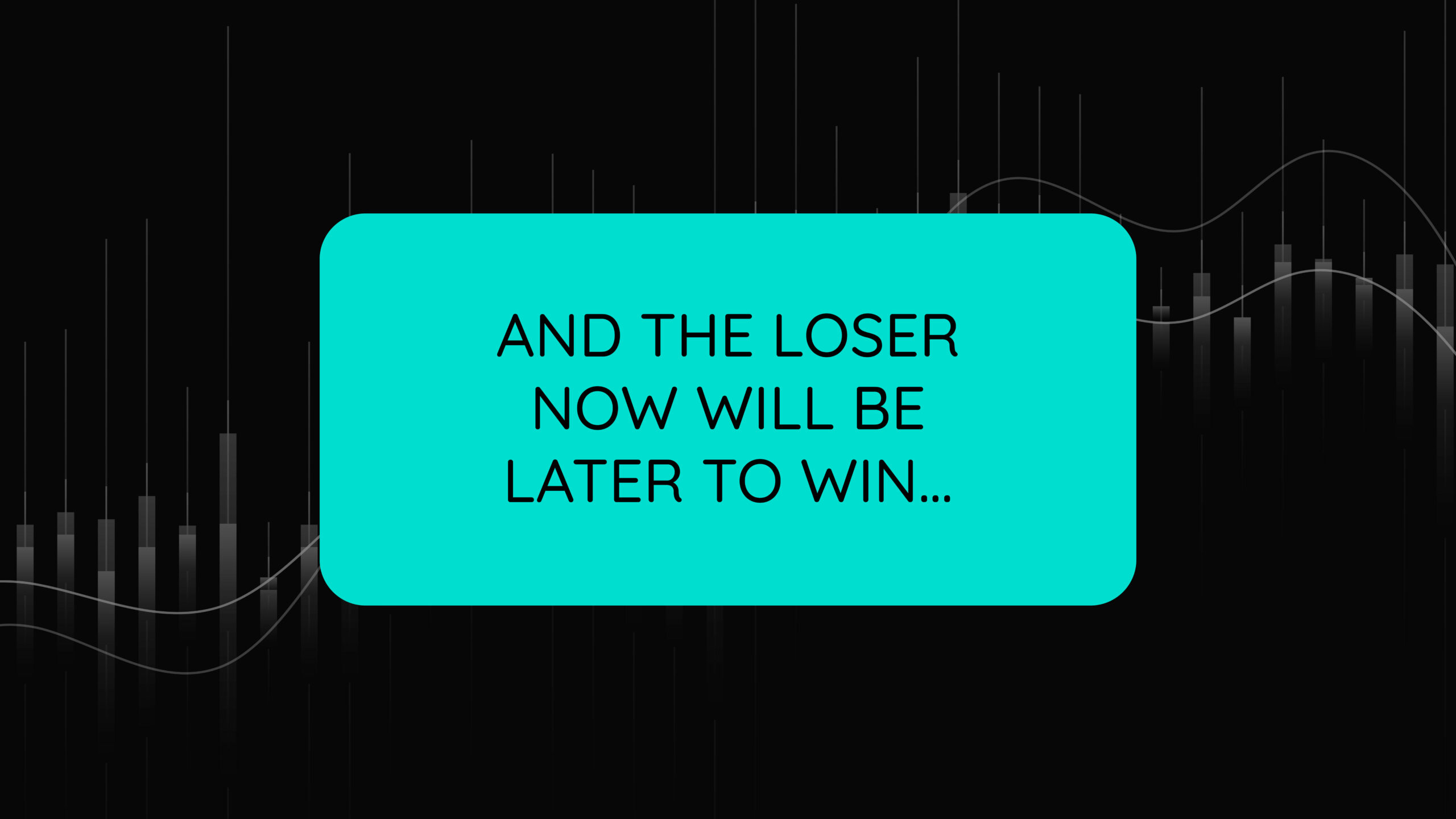
No one knows for sure if the “times they are a-changin’,” but that Bob Dylan line came to mind when I looked at the chart below. It depicts the performance of the NASDAQ 100 index broken into candles that represent the first and second halves of the year. After recording its second worst first-half performance in 2022 (data since 1990), the index just recorded its best first-half performance, outpacing what we saw in the first-half of 1998.
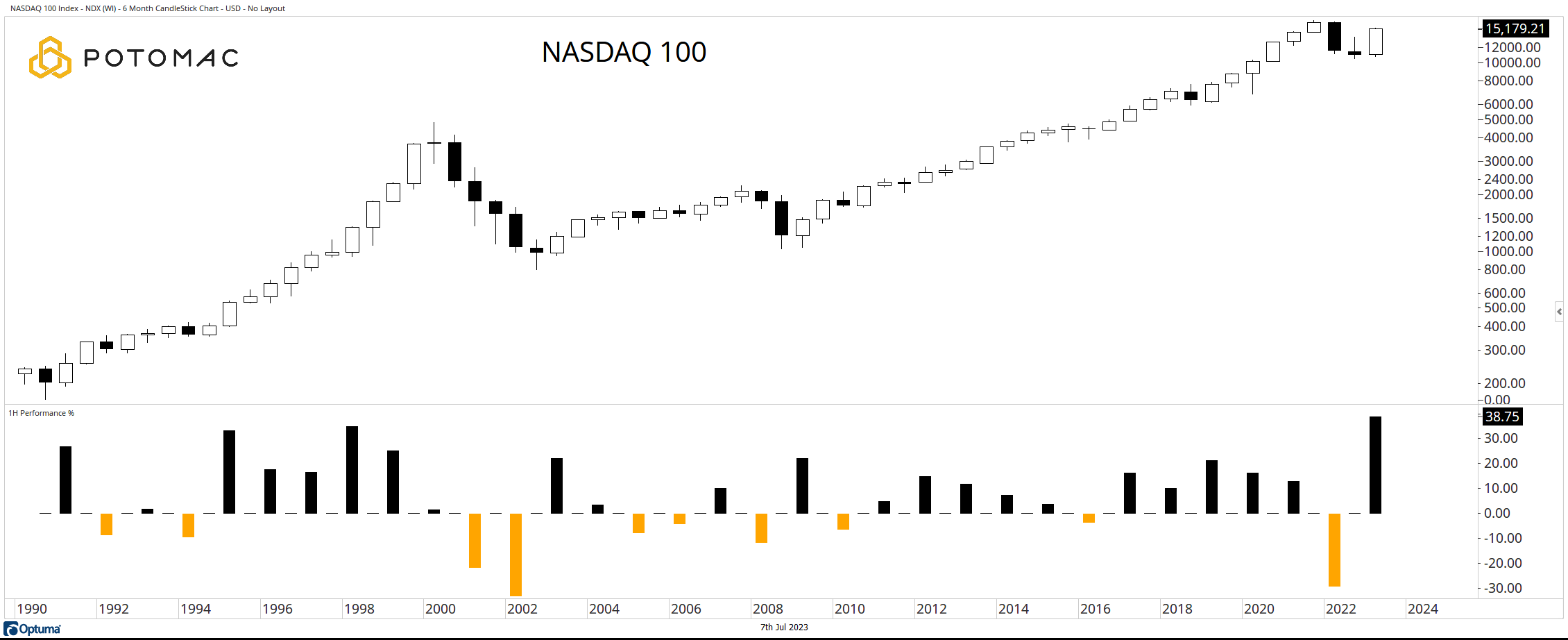
While we do not place much faith in analogs, we find charts like this interesting because of what they tend to reveal about investor psychology. Bulls will take this year’s first-half performance and conclude that there is more running room. After all, the NASDAQ ran for another two years before the dot-com bubble burst. And the bears, they will highlight events in the back half of 1998 like the Asian Currency Crisis or, worse, note the proximity to the 2000 top.
This line of thinking does not make much sense to us, in either direction. While markets sometimes rhyme, they do not often repeat, at least not so neatly. Rather than getting caught up in the game of trying to figure out what past year 2023 most resembles, isn’t it better to take 2023 for what it is? Isn’t it better to adapt to the current market environment? The simple fact of the matter is that after having a terrible year in 2022, the NASDAQ 100 had a great start to 2023. That’s it!
“Adapt” is the keyword here. For much of 2023 thus far, the bear case centered on the lack of market breadth or participation. Bears would highlight the fact that only a handful of stocks were leading the market higher and how that is not healthy. Yes, the biggest names in the S&P 500 have been strong all year.
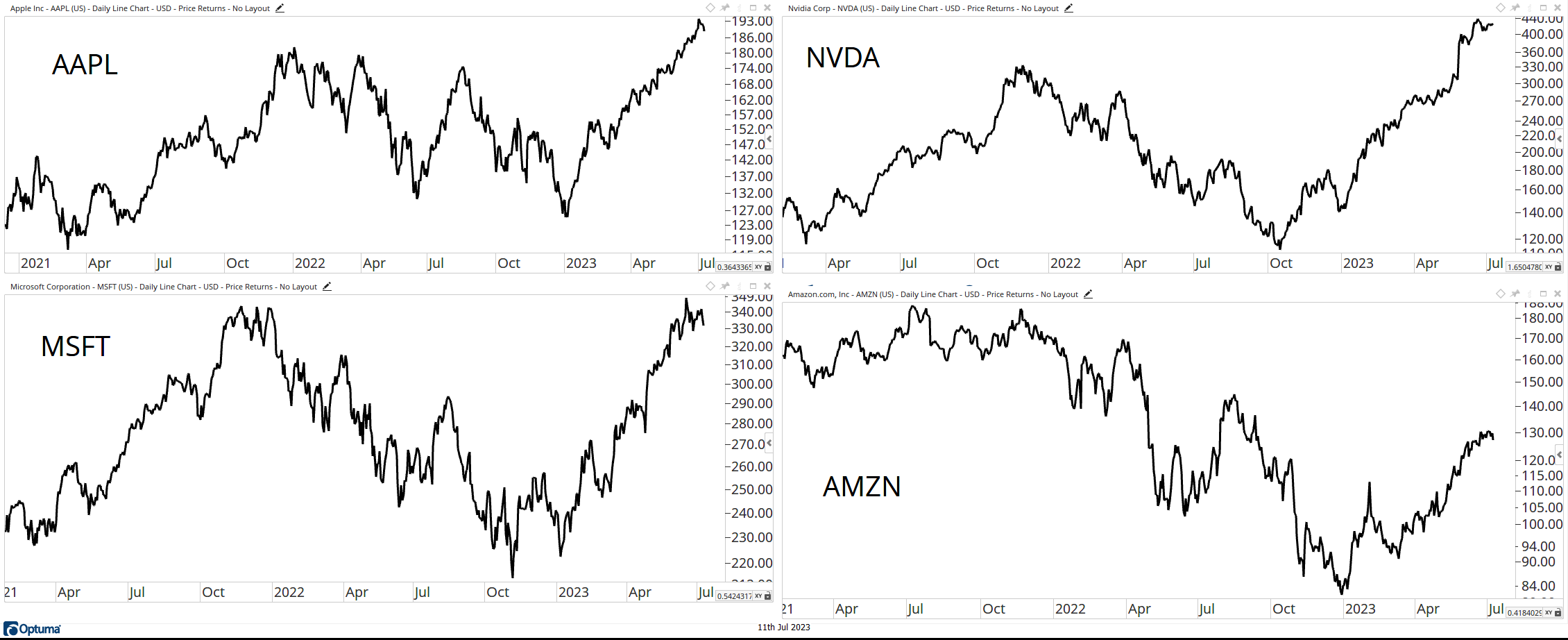
But something happened as the second quarter progressed. Other names began to join the big leaders. The percentage of issues on the New York Stock Exchange making new 52-week highs began to expand. The five-day moving average of this metric bottomed out in March.
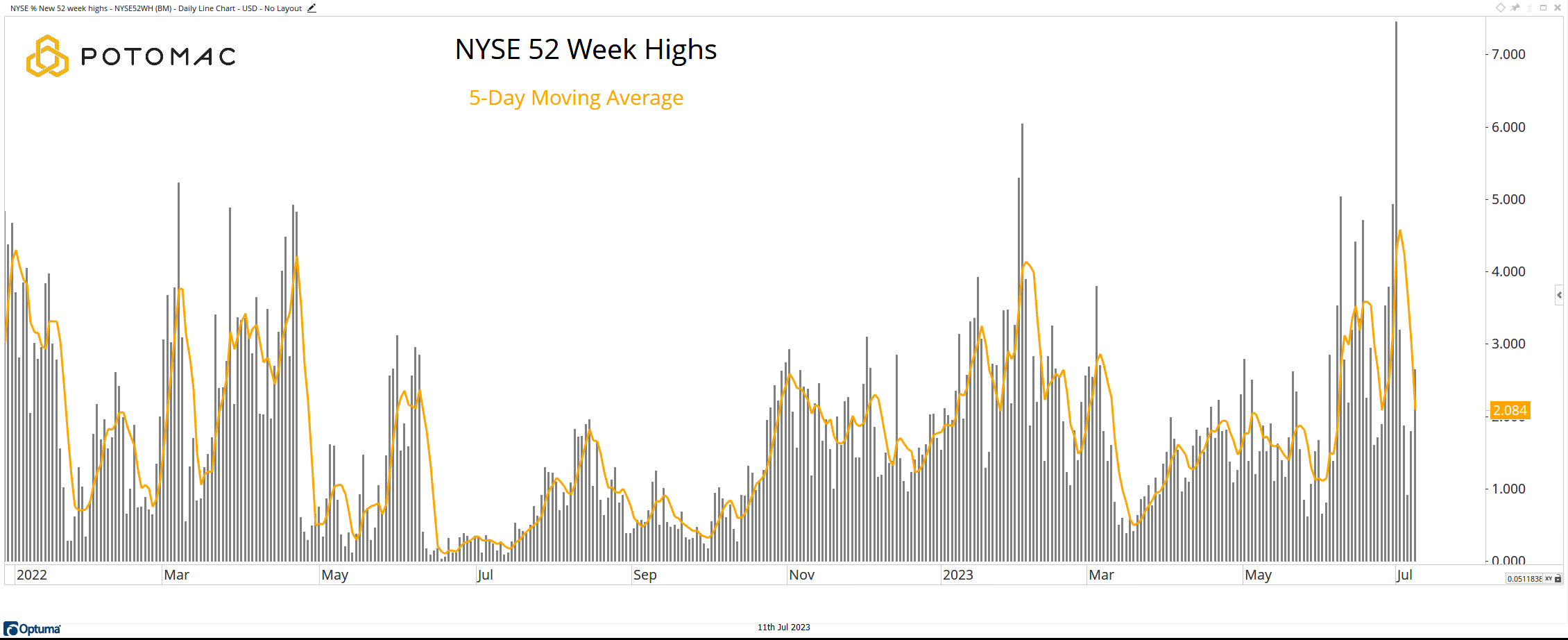
Equity market bears remain attached to their narrative. Even as the breadth portion of their pitch appears to have been negated, at least in the near term.
At the same time, seasonality remains a possible tailwind in July. Remember, most of the weakness that drives the “sell in May and go away” mantra is found in the last half of that six-month period.
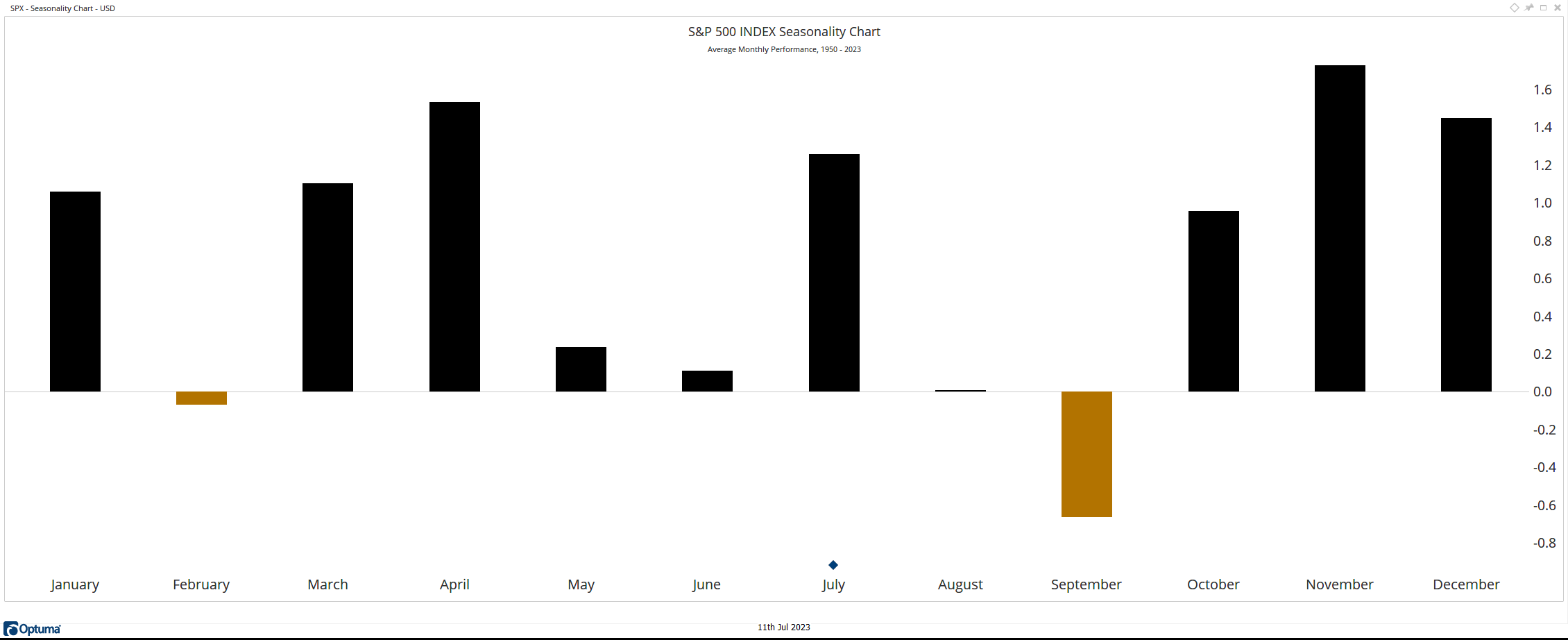
For now, the long-term buy signal given by our composite model remains in place.
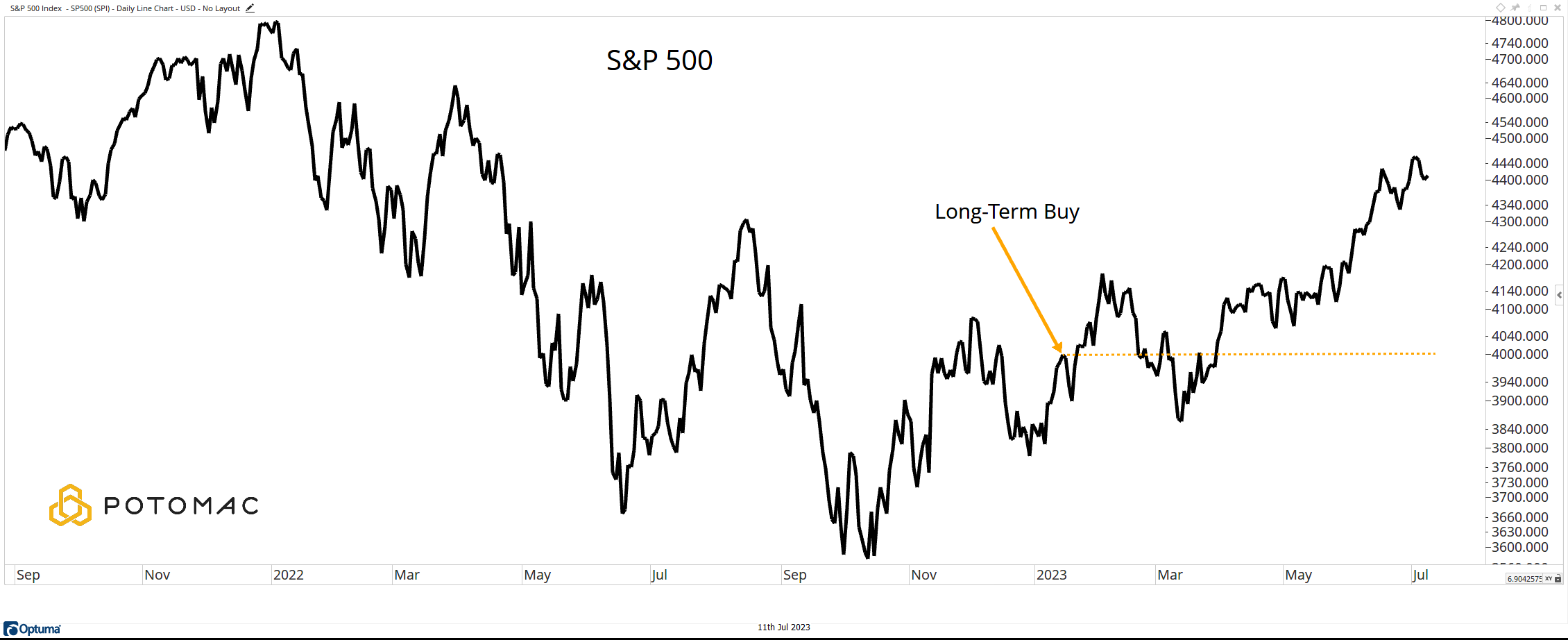
In our view, the bear case for the equity market in the U.S. still hinges on the Federal Reserve. Despite a pause/skip for the rate-hiking cycle in June, the market still expects rates to move higher.
After declining to the 2018 peak, the 10-Year Yield has started to move to the upside. A rapid rise in rates from current levels would make for a better bear case than bad breadth, especially with leadership coming from the growthier NASDAQ Index.
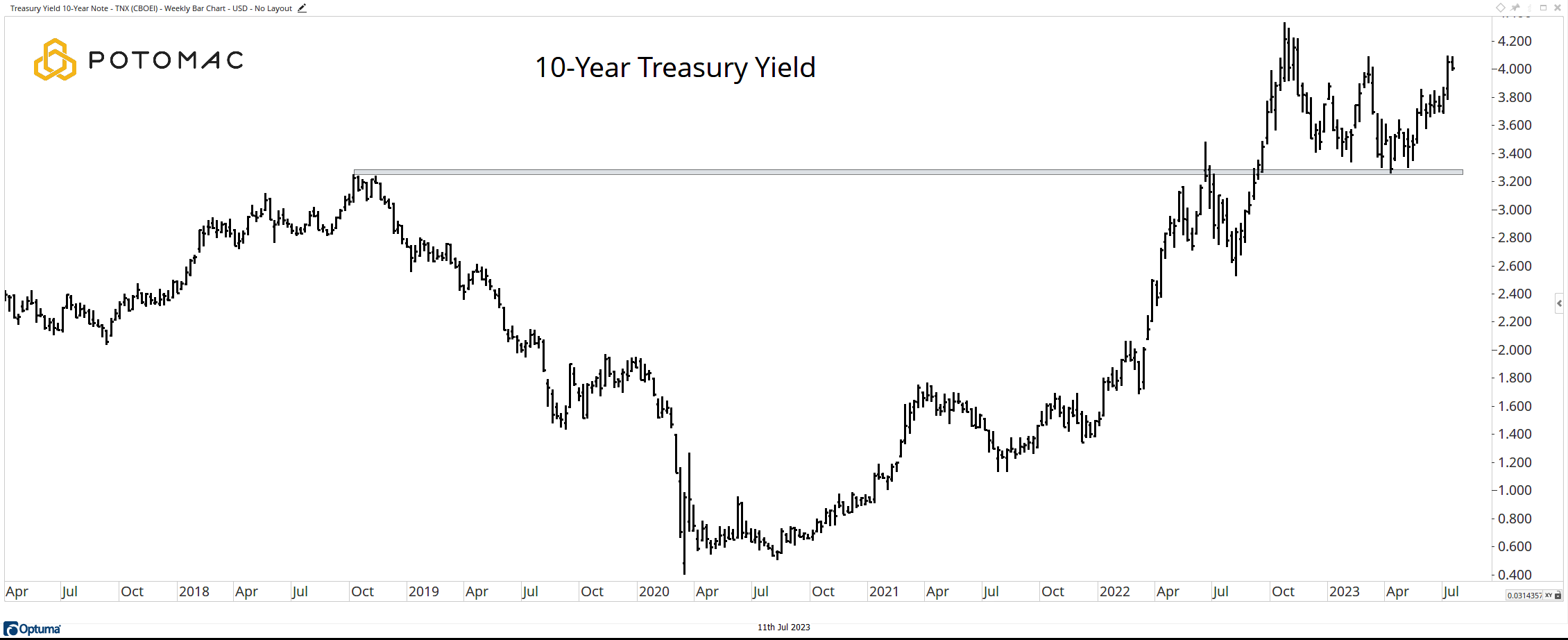
It is interesting to note that while our long-term buy signal remains in place, on its own, it is not enough to keep us fully invested for the quarter. The governor on the model currently centers on the Federal Reserve. More precisely, the Fed Funds Rate. The rapid increase in interest rates over the past 15 months needs time to work itself out of the model.
While the market spent much of the first quarter calling the Fed’s bluff, the second quarter looks to be when investors decided that the Fed is not done hiking. The question is why they aren’t done. As we highlighted in our last note, inflation appears to have peaked for now. Although you could have said the same in 1975 (red box). Perhaps that answers the question?
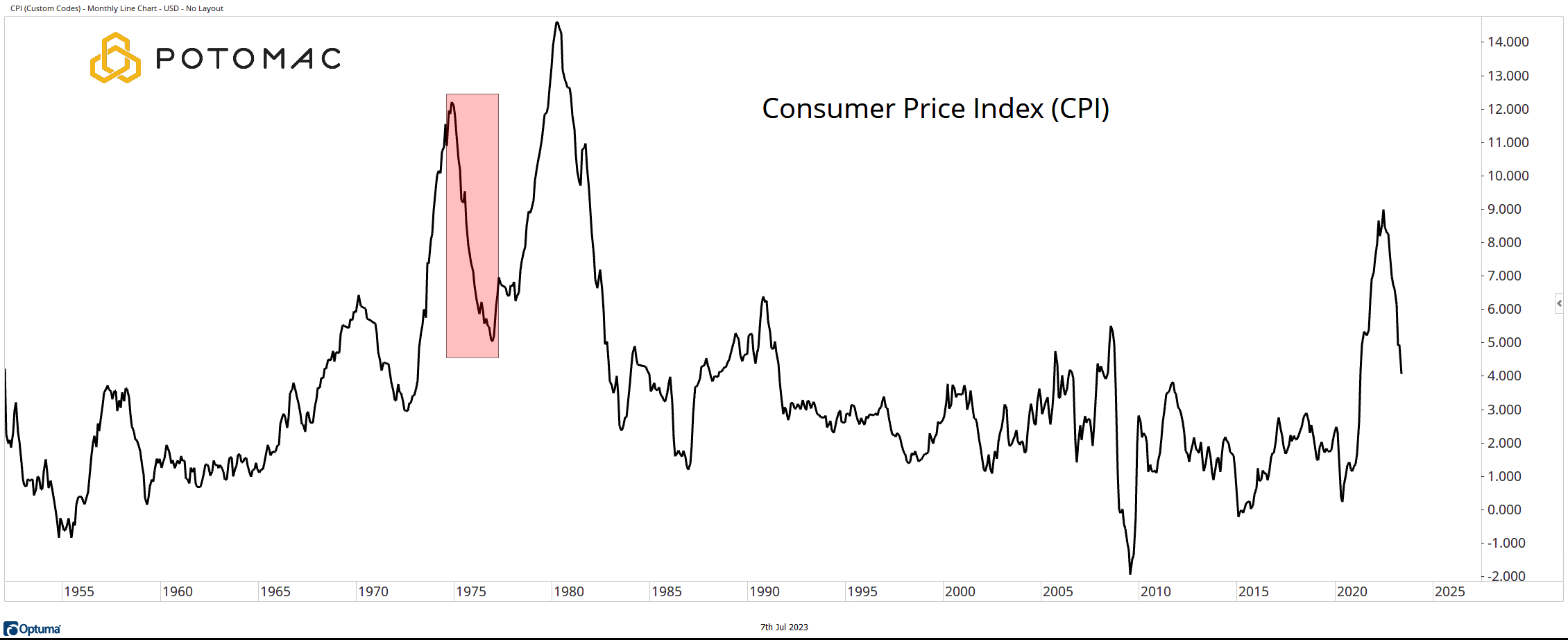
At the same time, commodity markets continue to point to an economic slowdown. The Bloomberg Commodity Index remains in a downtrend led by the economically sensitive Energy part of the complex.
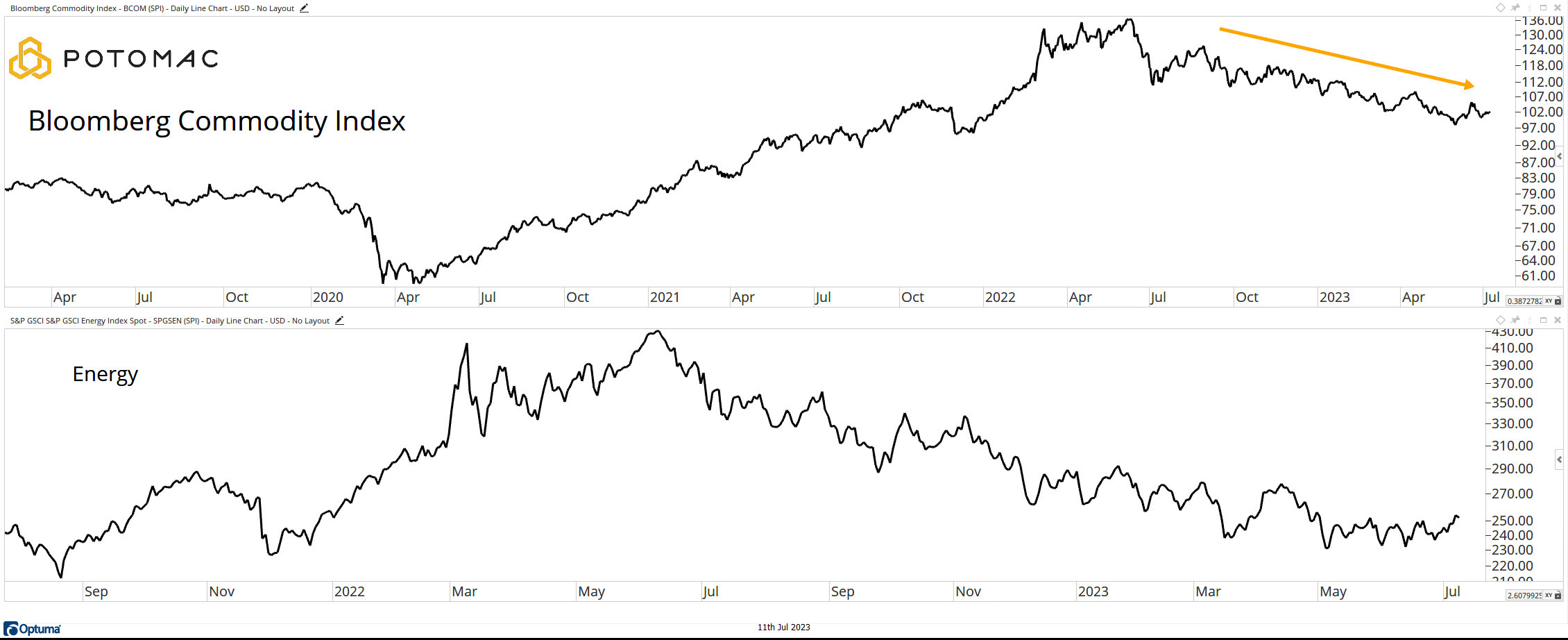
Are the times changin’ as Dylan would have us believe? Will the Fed engineer a soft landing and avoid a policy error? Will investors be rewarded for “fighting the Fed” as they bid up high-multiple growth stocks in the face of higher rates? Will the market march higher for the next two years exactly as it did from 1998 to 2000?
No one knows the answers to these questions. Trying to come up with a precise answer will likely do more harm than good. If it is important, it will show up in the price trends.
Potomac Fund Management ("Company") is an SEC-registered investment adviser. SEC registration does not constitute an endorsement of the advisory firm by the SEC nor does it indicate that the advisory firm has attained a particular level of skill or ability. This information is prepared for general information only and should not be considered as individual investment advice nor as a solicitation to buy or offer to sell any securities. This material does not constitute any representation as to the suitability or appropriateness of any investment advisory program or security. Please visit our FULL DISCLOSURE page. The company does not make any representations or warranties as to the accuracy, timeliness, suitability, completeness, or relevance of any information prepared by any unaffiliated third party, whether linked to the Company website or incorporated herein, and takes no responsibility for any of this information. The views of the Company are subject to change and the Company is under no obligation to notify you of any changes. Different types of investments involve varying degrees of risk, and there can be no assurance that the future performance of any specific investment or investment strategy will be profitable or equal to any historical performance level.
PFM-304-20230411
